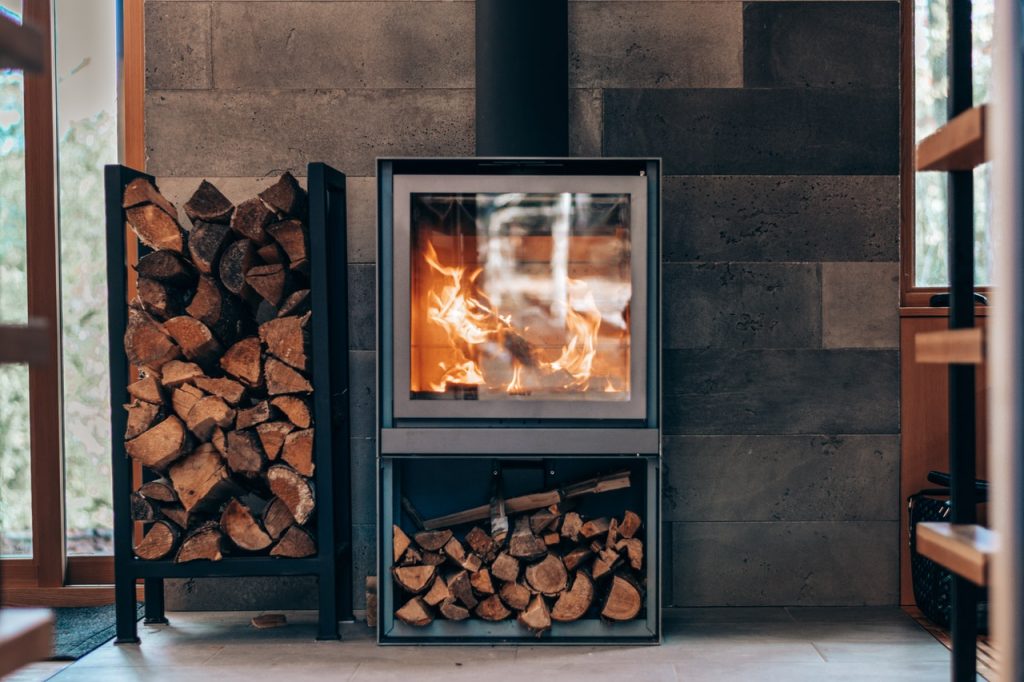Appliances are one part of any home, they make everyday tasks easier to manage and sometimes are necessary for living for example having heating during winter or a cold fridge to store your food. So, it is a big deal when they suddenly or gradually break down. You can always call Maydone for 24/7 repairs in the Greater Toronto Area, but there are also other tricks you can try.
Unplug and reset
Turning an appliance on and off can seem like a basic tip but it often works, sometimes we overwork the appliances and the machinery needs to cool and restart in order to work properly again. This can work in cases where the appliances are hot and powered off or even smoke came of it. Turn it off, unplug, let it sit, and try to restart after a few hours.
Check Your Appliance Manual
Before calling the experts take a look at your appliance’s manual, it can provide a clue on what to do about your particular problem. You could save yourself a headache by just glimpsing in there to see if you can solve the issue on your own. That’s why it’s important to keep those documents even after you’ve been using the appliance for a while, you never know when you might need it again. It helps to keep all manual organized in one place.
Look For Answers Online
There are a ton of online resources for fixing minor appliance problems from tutorials to guides and, even forums that can be helpful. There are some key ground rules to follow when taking this route:
- Make sure the tips apply to your brand and model appliance
- Use the correct tools for repairing
- Only do what you are comfortable with
- Use original replacements
- Look for help when you needed it
Get The Right Kind Help
If you do end up choosing to get someone more experienced to look at and fix your appliance make sure you get the right people for the job. What to take into consideration for your choice?
- They are professional technicians
- They work with your appliance brand
- Check their online reviews
- They work with original parts
- They offer a warranty
Trear Your Appliances With Care
After you get your problem fix to remember to take care of your appliances. It doesn’t require much: cleaning it, using it properly, and fixing issues correctly!









